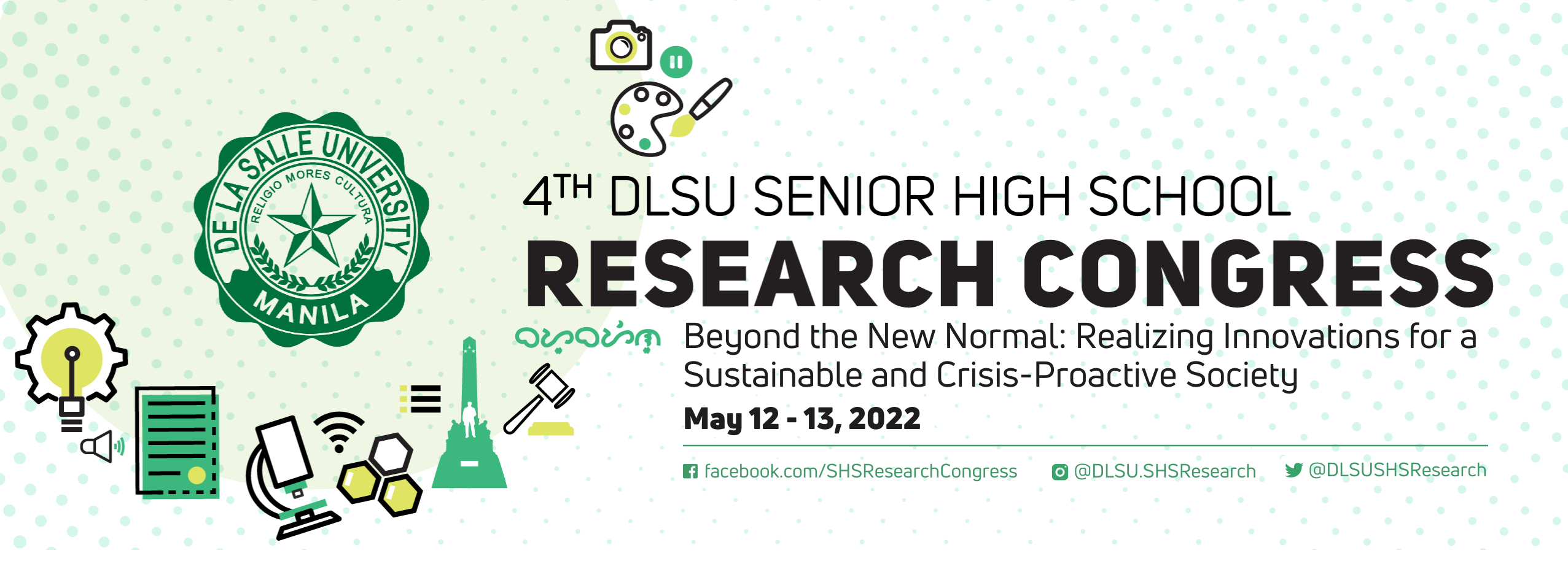Document Types
Paper Presentation
Research Advisor (Last Name, First Name, Middle Initial)
Nenianeth J. Barriga
Start Date
12-5-2022 3:30 PM
End Date
12-5-2022 5:30 PM
Abstract/Executive Summary
Concerns regarding the increase in atmospheric Greenhouse gas (GHG) concentrations over the decades have provoked the world leaders to face the climate change and global warming as a joint effort. This emanated the Paris Agreement Act in 2016 that aims to achieve carbon neutral communities by 2050. While scientists are still debating the ways on how to achieve this, Space agencies have launched multi-million dollar satellites to monitor the Greenhouse gases in the atmosphere. The need for easy and cost-efficient in-situ monitoring of Greenhouse gas concentrations locally have called forth the conduct of this study. This study aims to monitor the concentrations of Carbon dioxide, Carbon monoxide, and Methane in urban areas (Barangay Sabang, Poblacion, and Suba) of Danao City, Cebu. Furthermore, this study aims to determine which from the aforementioned areas is the leading contributor to Greenhouse gasses. This study includes two primary research procedures: the construction of the Arduino-based prototype and the data gathering procedures. Through a series of data gathering and data analysis, it is found that Barangay Sabang is the leading contributor to Greenhouse gases among the urban areas in Danao City, Cebu. Moreover, Greenhouse gases predominantly rise at 06:00 to 08:00 PM and fall at 12:00 to 02:00 AM in Danao City, Cebu. On average, there is a 13.46% increase in Carbon dioxide, 26.40% in Carbon monoxide and 46.43% in Methane in Sabang, Danao City. Further studies may show the underlying factors contributing to the greenhouse gas emissions in an area.
Keywords
greenhouse gases; global warming; carbon emission; arduino; in-situ monitoring
Research Theme (for Paper Presentation and Poster Presentation submissions only)
Sustainability, Environment, and Energy (SEE)
Keeping up with the GHGs: Monitoring Greenhouse Gases in Danao City, Cebu Urban Areas Using Arduino (An In-Situ Study)
Concerns regarding the increase in atmospheric Greenhouse gas (GHG) concentrations over the decades have provoked the world leaders to face the climate change and global warming as a joint effort. This emanated the Paris Agreement Act in 2016 that aims to achieve carbon neutral communities by 2050. While scientists are still debating the ways on how to achieve this, Space agencies have launched multi-million dollar satellites to monitor the Greenhouse gases in the atmosphere. The need for easy and cost-efficient in-situ monitoring of Greenhouse gas concentrations locally have called forth the conduct of this study. This study aims to monitor the concentrations of Carbon dioxide, Carbon monoxide, and Methane in urban areas (Barangay Sabang, Poblacion, and Suba) of Danao City, Cebu. Furthermore, this study aims to determine which from the aforementioned areas is the leading contributor to Greenhouse gasses. This study includes two primary research procedures: the construction of the Arduino-based prototype and the data gathering procedures. Through a series of data gathering and data analysis, it is found that Barangay Sabang is the leading contributor to Greenhouse gases among the urban areas in Danao City, Cebu. Moreover, Greenhouse gases predominantly rise at 06:00 to 08:00 PM and fall at 12:00 to 02:00 AM in Danao City, Cebu. On average, there is a 13.46% increase in Carbon dioxide, 26.40% in Carbon monoxide and 46.43% in Methane in Sabang, Danao City. Further studies may show the underlying factors contributing to the greenhouse gas emissions in an area.


